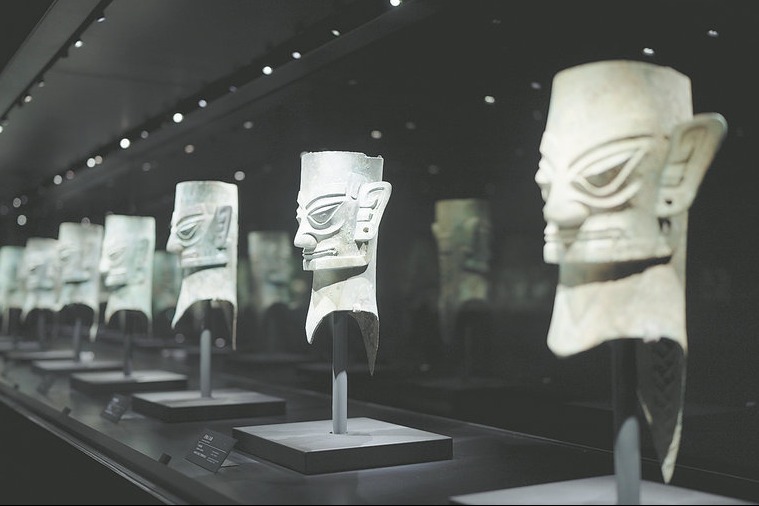Even with help, trees struggle to survive in barren Tibet area
China Daily | Updated: 2017-08-01 07:41
A fine fowl perches on a fine tree, as the old Chinese saying goes, but in Nagqu prefecture in the northern part of the Tibet autonomous region, there are simply no trees, fine or otherwise.
Located about 4,500 meters above sea level, Nagqu has thin air, a dry climate and sandy soil, with no natural trees.
"Trees are a rarity here, so birds usually nest on the ground with the rats and rabbits," said Sumje Tashi, Party chief of Nagqu.
This year though, Sumje was delighted to find a sparrow's nest in a young pine tree in the yard of the prefecture.
"Birds' nests are rather rare here. We hadn't seen one for many years," Sumje said.
The local government has started planting more trees, inviting companies with strong green backgrounds to help.
"For years, the people here have tried to plant trees and keep them alive, because they will help improve the harsh climate on the plateau," he said.
"In the 1980s, the government offered a large reward for successful tree-planting techniques, but no one ever claimed it. Trees planted one year would all be dead the next," Sumje recalled.
Nagqu built its first tree-planting base in 1998, growing junipers, spruces and poplars. In 2008, it built another small base to grow cypress and elm trees. Wooden boards protect them from the harsh winter.
A tree must overcome several harsh challenges to survive in Nagqu, said Sun Fuqiang, a technician with Elion, a company that has planted more than 200,000 saplings in Nagqu.
It is hard for a tree to take root in the strong wind. Water and fertilizer disappear into the gravelly soil. Tree trunks dry up in the sun's strong ultraviolet rays at high altitude, and trees can succumb to frost and sudden drops of temperature during the night, Sun said.
"Seedlings grow extremely slowly in Nagqu. If a seedling has not become woody before mid-September, it may not survive the winter."
"In the future, we hope that anyone, not just me and my colleagues, will be able to grow trees on the plateau based on our experience," he said.
Techniques such as soil improvement, wind protection and measures against the cold have greatly increased the cost of planting.
In addition to finding ways to improve the survival rate, Sun and colleague Lhadung believe it is also necessary to bring down the cost, if widespread tree planting is ever to succeed in Nagqu.
Sun also said more trees could lead to a more amiable microclimate that helps people overcome altitude stress.
Xinhua
























